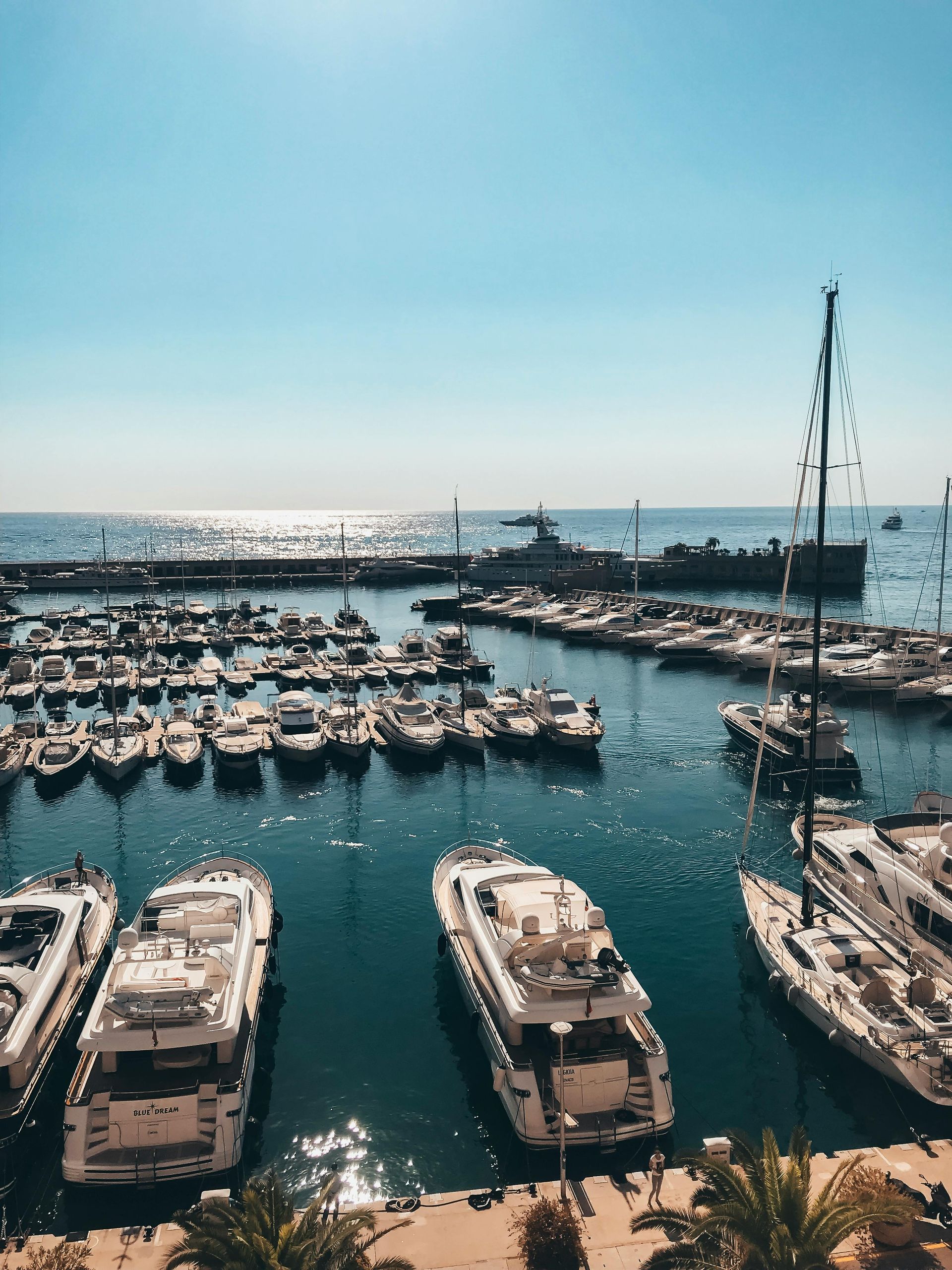Can You Get a Mortgage on a Property With Cladding in 2025?
Cladding Issues Can Still Delay or Derail Mortgages, But With the Right Documentation, You Can Secure Lending in 2025
Why Cladding Still Affects Mortgages in 2025
Following the Grenfell tragedy in 2017, lenders became cautious about lending on flats and buildings with combustible external cladding. Although government reforms and new safety legislation have improved the situation, many properties in 2025 still face valuation delays, EWS1 requirements, and lender refusals.
If you’re buying a flat—or any part of a multi-storey block—you must understand whether cladding is present, and what the fire safety documentation says.
What Is Cladding—and Why Does It Matter?
Cladding is the external skin or layer attached to the structure of a building. It can serve insulation or decorative purposes, but some forms—particularly ACM (aluminium composite material)—are now classified as fire risks.
Lenders want to ensure:
- The cladding is safe
- It meets post-Grenfell building regulations
- There is documented evidence of risk assessments and remediation, where required
What Is an EWS1 Form?
The EWS1 form (External Wall System form) is a document completed by a qualified fire safety professional. It confirms whether the external wall materials and insulation are compliant with current fire safety standards.
There are two main ratings:
- A1–A3 – No combustible material or compliant cladding. Typically mortgageable.
- B1–B2 – Some risk, often requiring remediation. B2 is usually problematic for mortgage lenders.
Note: EWS1 applies to buildings with cladding that are 11 metres or taller, although some lenders and valuers may request it on shorter buildings, depending on layout and materials.
Can You Get a Mortgage on a Property With Cladding?
Yes—but only if:
- An EWS1 form is available and rates the building A1–A3 or B1
- No serious fire risk or remediation notice is outstanding
- The lender is satisfied that the cladding doesn’t materially affect resale or safety
If there is no EWS1 or the building is rated B2, the mortgage may be refused—even if the flat itself is unaffected.
What If No EWS1 Is Available?
If the building requires an EWS1 form but the seller doesn’t have one, lenders may:
- Decline the application
- Withhold the mortgage offer until the form is supplied
- Request an alternative fire risk assessment or direct valuer review
- Offer only to cash buyers until documentation is complete
It’s not uncommon for buyers to pull out of transactions if the cladding issue remains unresolved after weeks or months of delay.
Who Is Responsible for Cladding Remediation?
The Building Safety Act 2022 introduced greater protection for leaseholders, including caps on liability and increased responsibility for freeholders and developers.
In most cases, the costs of remediation fall to the:
- Developer or builder, if still in business
- Freeholder, especially for post-2022 builds
- Government, where remediation funding is available
But if works are ongoing or disputes exist, lenders may still refuse to proceed.
How Willow Private Finance Can Help
We’ve worked with clients buying in London and other urban areas where cladding remains an issue—even six years after new safety rules came in.
We can:
- Help you identify lenders who accept B1-rated properties
- Package the application to minimise lender hesitation
- Source alternative options if an EWS1 is delayed
- Secure bridging finance if purchase timing is tight while awaiting documentation
We also maintain close relationships with specialist lenders and valuers who understand the nuances of buildings with external wall systems.
Practical Tips for Buyers
- Ask the estate agent or vendor for a copy of the EWS1 form before offering
- Confirm remediation plans and funding are in place if B2-rated
- Check whether the building is above 11 metres or under
- Be cautious of long delays if forms or funding are pending
- Use a broker who understands the latest cladding rules and lender positions
Related Blogs You May Find Helpful
- What To Know About Financing Unusual Properties in 2025
- Can You Get a Mortgage on a Flat With a Shared Lift or Access?
- Short-Term Property Finance: Your Options in 2025
📞 Want Help Navigating Today’s Market?
Book a free strategy call with one of our mortgage specialists.
We’ll help you secure lending—even if cladding issues are slowing the process.
Important Information: Your home may be repossessed if you do not keep up repayments on your mortgage or any other loan secured on it.
The information contained in this article is for general guidance only and does not constitute advice. You should seek professional advice tailored to your personal circumstances before making any financial decisions.
Willow Private Finance Ltd is authorised and regulated by the Financial Conduct Authority. FCA number: 588422.










